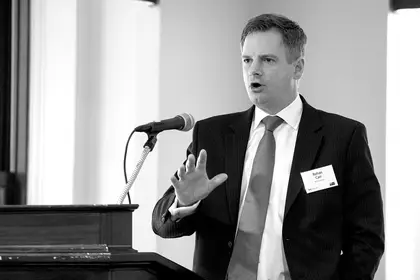The disruption to the historical concept of work is being influenced by four factors:
- Impact of technology change (from artificial intelligence through to the sharing economy, e.g. Uber and Airbnb)
- Impact of social change (including changes in social structures and norms)
- Impact of lifecycle and lifespan change (increasing numbers of careers within one’s life as well as lengthening of the work life)
- Impact of global economic change (greater movement of human capital and economic disruption)
Employees are being asked to be more creative but with less time to do so; to be more innovative but within environments that are more risk averse; and to achieve the above with limited resources.
How do leaders engage with people in rapidly changing world of work? How do they motivate and inspire?
A range of leadership styles are evolving, which recognise that the work environment is radically changing.
Transparent Leadership
With so much information available on organisations within the public domain, employees are more aware than ever of organisational reality both before they join and once they are there. The challenge for leaders is to create an environment where people want to work. This starts by leaders consistently behaving in a way that is predictable – no surprises.
Adaptive Leadership
Adaptive leadership emphasises the importance of every person and role within the organisation. Adaptive leadership views the organisation as an ever-changing, living entity where employees can learn, adapt and grow. Adaptive leaders mobilise people towards a common goal and also have the courage to experiment with new ideas and approaches.
Connected Leadership
Organisations are much more interdependent these days and hence it is critical that leaders are able to develop relationships that transcend levels, social structures, age, culture and geographies. Technology may be an inhibitor to this and leaders need to be connected via real relationships. They must develop relationships that transcend the formal structure enabling them to drive change by being more agile and dealing with ambiguity.
Sustainable Leadership
Sustainable leadership is focused not on short-term self-interest but considers the longer term and collective impact of decisions. Such leaders are compelled to make a difference by deepening their awareness of themselves in relation to the world around them. In doing so, they adopt new ways of seeing, thinking and interacting that result in innovative, sustainable solutions.
The challenge for leaders at all levels is to recognise that their leadership skills must change and evolve to reflect the nature of their environment and the work force. The traits and styles above suggest how some of the more successful leaders are responding. Organisations and their leaders must be nimble, engage with stakeholders and embrace change. Together this provides the most solid pathway to long-term success.



